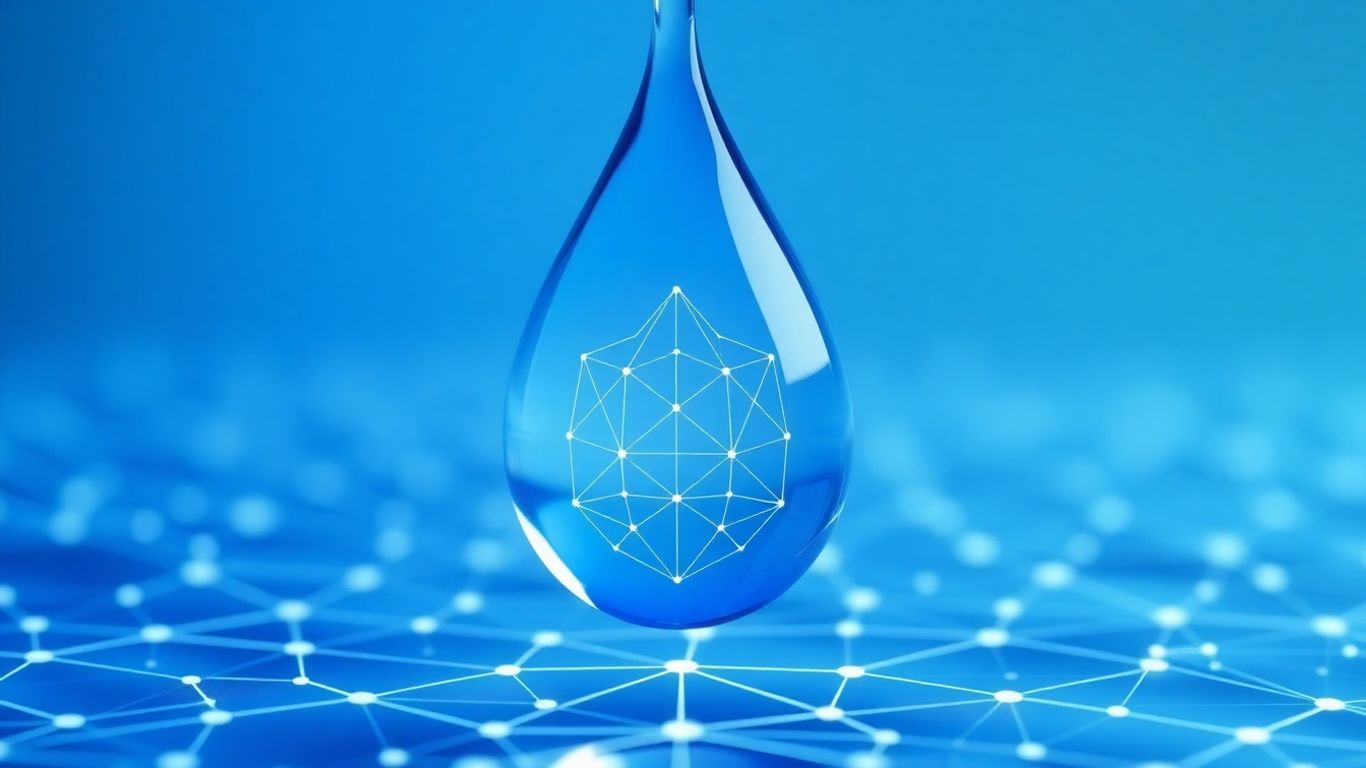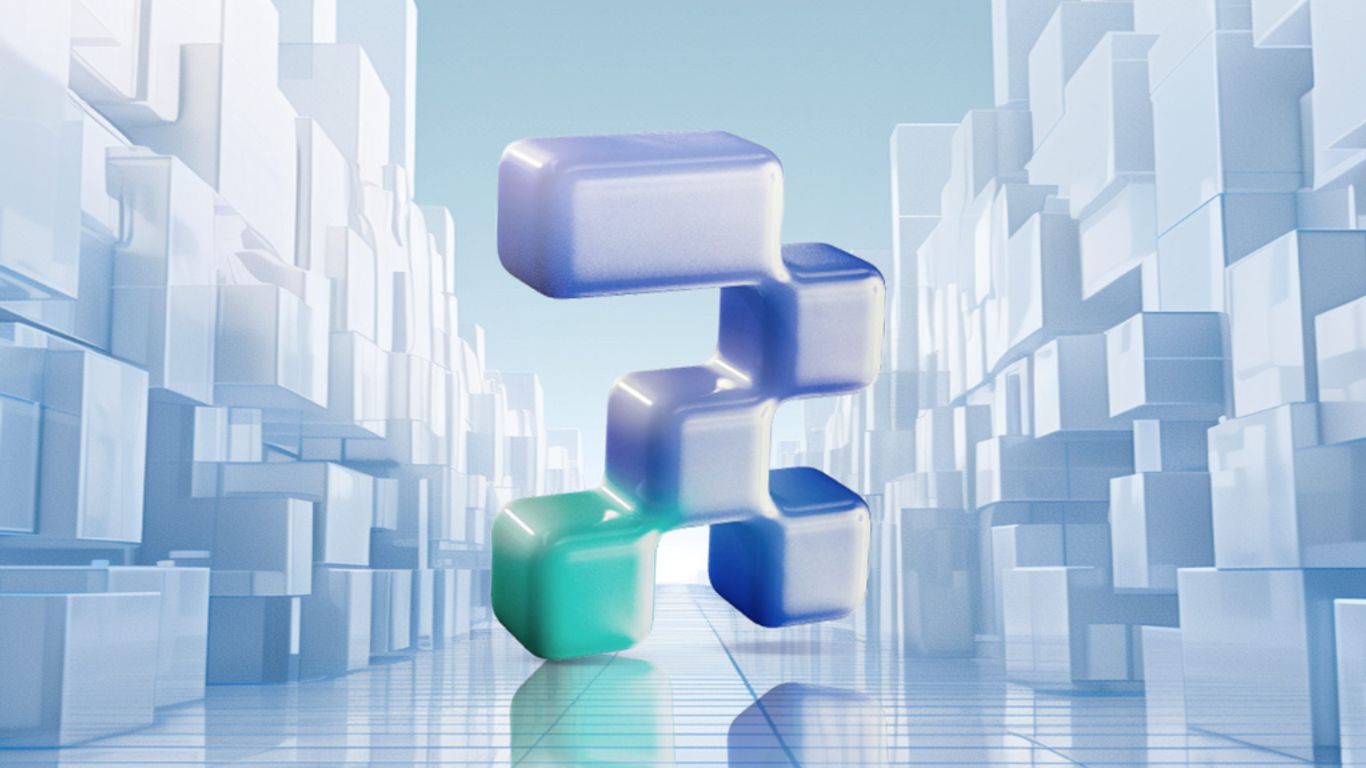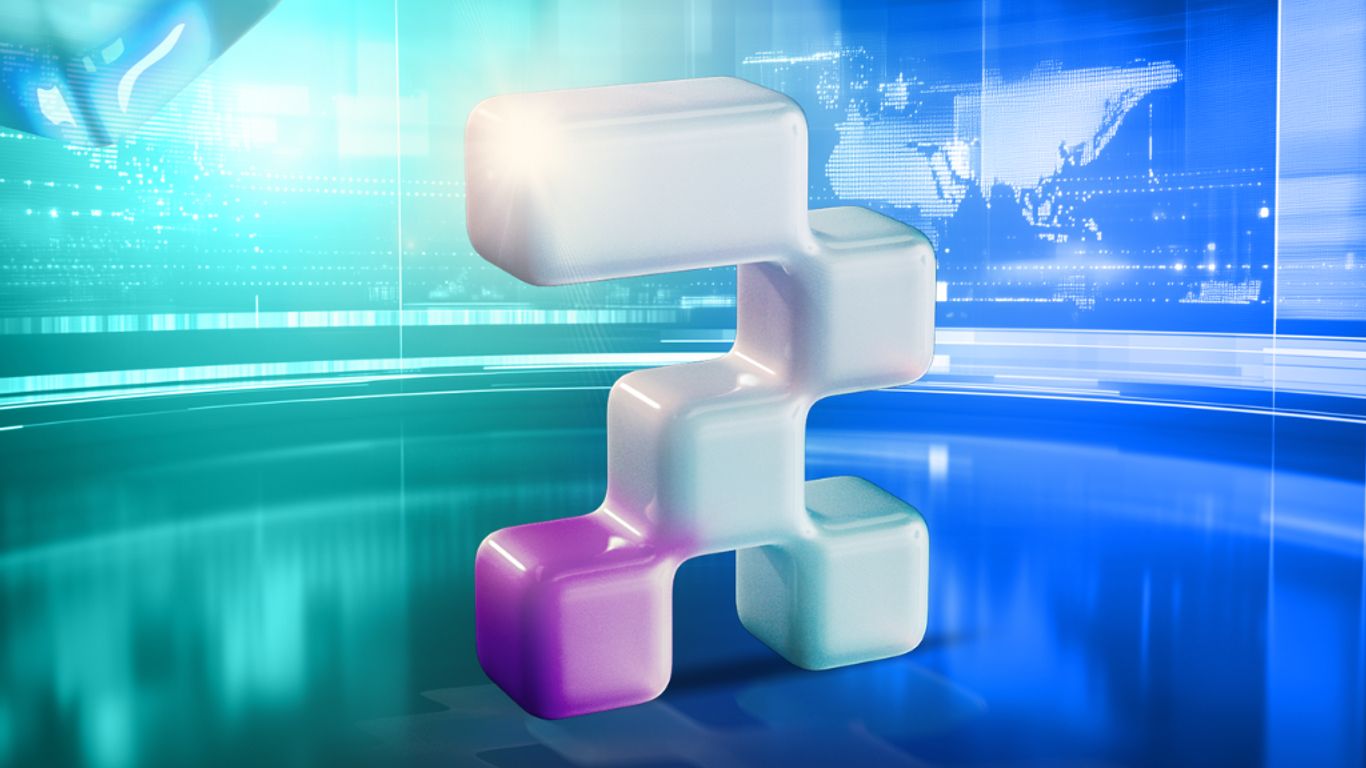Water rights. It's a topic that can get complicated fast, right? We're talking about who gets to use water, how much, and when. Traditionally, this has been managed through a lot of paperwork and, let's be honest, a system that sometimes feels a bit clunky. But what if there was a way to make it clearer, more efficient, and even fairer? That's where blockchain comes in, specifically with the idea of tokenized water rights. It's like turning water allocations into digital assets that can be traded, making the whole process more transparent and easier to manage.
Key Takeaways
- Turning water rights into digital tokens on a blockchain makes them easier to trade and manage.
- Blockchain's unchangeable records help stop fraud and make water transactions more open.
- Smart contracts automatically handle water deals, cutting down on costs and paperwork.
- This new system can help conserve water by rewarding good practices and making sure environmental needs are met.
- Using tokenized water rights can lead to fairer water use and better management for everyone.
Transforming Water Rights with Digital Assets

The Genesis of Tokenized Water Rights
Water rights have always been a bit tricky. For ages, they were just paper documents, or maybe a note in a government ledger, saying who could use how much water, when, and where. It's like having a ticket to a show, but the ticket is hard to trade and even harder to prove is real sometimes. Now, imagine taking that ticket and turning it into a digital code, like a cryptocurrency. That's basically what tokenizing water rights means. We're taking a claim to water – whether it's for farming, industry, or something else – and making it a unique digital asset on a blockchain. This makes it way easier to track, transfer, and manage.
From Allocations to Tradable Tokens
Think about a farmer who has a certain amount of water allocated for their crops each year. If they don't use all of it, maybe because of good rain or a change in planting, that unused water often just goes back into the system, or it's lost. But what if they could easily sell that surplus to someone who really needs it, like a growing town or another farm? Tokenization makes this possible. The farmer's water allocation becomes a digital token. They can then offer this token for sale on a special platform. Someone else, who needs that water, can buy the token. It's a way to turn a static right into a dynamic resource that can move to where it's most needed, based on real-time demand.
Here’s a simplified look at how it might work:
- Initial Allocation: A water right (e.g., 100 acre-feet per year) is registered.
- Token Creation: This right is converted into a specific number of digital tokens on a blockchain.
- Trading: The owner can sell some or all of their tokens to another party.
- Verification: The blockchain records the transfer, showing who owns how many tokens now.
Smart Contracts: Automating Water Transactions
This is where things get really interesting. Smart contracts are like digital vending machines for agreements. You put in the right conditions (the 'input'), and if they're met, the contract automatically executes the action (the 'output'). For water trading, this means a lot of the paperwork and manual checks can be automated. For example, a smart contract could be set up so that a buyer only pays for water tokens if the system confirms that the seller has the right to sell them and that the sale doesn't violate any local water use rules. It's code that enforces the rules of the trade automatically.
Smart contracts can be programmed with complex rules, like ensuring that a water sale doesn't negatively impact environmental flows downstream or that it stays within overall basin limits. This builds compliance right into the transaction itself, reducing the chance of errors or disputes.
This automation can speed up transactions that used to take weeks or months. It also means that the terms of the trade are clear and visible to all parties involved, right there in the code. It’s a big step towards making water trading more efficient and less prone to human error or manipulation.
Enhancing Transparency and Accountability
When we talk about trading water rights, especially with new digital tools, keeping things clear and making sure everyone is accountable is super important. Blockchain technology really shines here because it creates a permanent record of every single transaction. This means no one can go back and change things later, which is a big deal for trust.
Immutable Ledgers for Water Transactions
Think of a blockchain as a digital ledger, like a super-secure accounting book that everyone can see but no one can tamper with. Every time a water right is traded, that transaction gets recorded on this ledger. It includes details like who traded what, when, and for how much. Because it's "immutable," meaning it can't be changed, it provides a clear history that's hard to dispute. This helps prevent arguments and makes sure that the ownership and movement of water rights are always traceable.
- All transactions are recorded permanently.
- Ownership history is easily verifiable.
- Reduces the chance of fraud or disputes.
Preventing Speculative Trading
One of the worries with any market is that people might try to buy up rights just to make a quick profit, without actually needing the water for farming or other uses. This can drive up prices and make it harder for real users to get what they need. Blockchain can help here by making the trading process more visible. While it doesn't stop speculation entirely, the transparency means that unusual trading patterns might be spotted more easily. Some systems could even be set up to limit how much one entity can trade, or require proof of actual water use.
The goal is to make sure that water rights trading serves the actual needs of communities and the environment, not just financial speculation. This requires careful design of the trading rules and the technology that enforces them.
Streamlining Audits and Regulatory Oversight
Keeping track of water rights and how they're being used can be a huge headache for regulators. They need to make sure rules are being followed and that water is being managed responsibly. With a blockchain, auditors and regulators can access a clear, tamper-proof record of all trades. This makes their job much easier and faster. Instead of digging through piles of paper or trying to piece together information from different sources, they can simply look at the blockchain. This also means that compliance checks can happen more often and with greater accuracy, which is good for everyone involved in water management.
- Faster and more accurate audits.
- Easier to track compliance with regulations.
- Reduces the burden on regulatory bodies.
Addressing Market Inefficiencies
Traditional water rights trading can be a real headache. Think about all the paperwork, the middlemen, and the sheer time it takes to get a deal done. It's often slow, expensive, and frankly, not very clear for everyone involved. This is where blockchain steps in, aiming to smooth out a lot of those rough edges.
Reducing Transaction Costs in Water Trading
One of the biggest wins blockchain offers is cutting down on the costs associated with trading water rights. Historically, you've got brokers, lawyers, and administrative fees all adding up. Plus, the time spent negotiating and processing these deals translates directly into lost money, especially for farmers who need to sell surplus water quickly or buy more during dry spells. Blockchain, by automating many of these steps through smart contracts, can slash these overheads. Imagine a system where agreements are executed automatically once conditions are met, without needing a whole team to oversee it. This makes trading more accessible, particularly for smaller players who might be priced out of traditional markets.
Overcoming Information Asymmetry
Ever feel like some people know more than you do in a deal? That's information asymmetry, and it's a big problem in water trading. Often, large corporations or experienced traders have access to data and insights that smaller farmers or communities just don't. This imbalance can lead to unfair deals. Blockchain's transparent ledger means that transaction data, allocation details, and compliance information can be openly accessible to all participants. This shared visibility levels the playing field, allowing everyone to make more informed decisions. It’s like having everyone look at the same map instead of some people having a secret, better one. This transparency is key to building trust and fairer markets, and it’s a big step towards better water resource management.
Facilitating Efficient Resource Allocation
When water trading is slow and costly, water doesn't always end up where it's needed most, when it's needed most. This leads to inefficient use of a precious resource. Think about a region facing a drought; if a farmer has water they aren't using but can't easily sell it, that water just sits there while another farm nearby might be struggling. Blockchain-powered platforms can speed up these transfers dramatically. Smart contracts can automatically match buyers and sellers based on predefined needs and availability, ensuring that water flows more readily to its highest-value use, whether that's for agriculture, industry, or environmental needs. This dynamic allocation helps prevent waste and supports more productive economic activity across the board. It’s about making sure water gets to the thirsty parts of the economy, fast.
The promise of blockchain in water trading is to move away from opaque, slow, and expensive processes towards a system that is more open, efficient, and accessible. By reducing costs and improving information flow, it aims to make water markets work better for everyone involved, from individual farmers to large industries and environmental stewards.
Blockchain's Role in Sustainable Water Management

Incentivizing Water Conservation Practices
Blockchain can really help us use water smarter, especially in places that use a lot of it. Think about big industries or even just our homes. By using blockchain, we can create systems that reward people and companies for using less water. It’s like a digital pat on the back, but with actual benefits. This technology can track water use in a way that’s super clear and can’t be messed with. So, if you’re trying to conserve, the system knows, and you get recognized for it. This makes saving water more appealing because there’s a tangible reward, whether it’s lower bills or some other kind of credit.
The idea is to make conservation not just a good deed, but a smart choice with real advantages. When saving water directly benefits you, you’re much more likely to do it consistently.
Supporting Environmental Flow Requirements
Keeping rivers and ecosystems healthy means making sure they have enough water flowing through them – these are called environmental flows. It’s a tricky balance, and often, it’s hard to know if these requirements are actually being met. Blockchain can help here by creating a transparent record of water taken from rivers and other sources. This ledger shows exactly how much water is being used and by whom. This makes it much easier for regulators and environmental groups to check if enough water is being left in the environment. It’s about making sure that while we use water for our needs, we’re not harming the natural systems that depend on it.
Integrating Real-Time Monitoring Data
Imagine having sensors all over the place – in pipes, in fields, in reservoirs – all sending information about water levels, usage, and quality. Normally, getting all that data together and trusting it can be a headache. Blockchain can act as a secure hub for this information. When sensors send data, it gets recorded on the blockchain. Because the record is permanent and can’t be altered, everyone involved can trust the data. This real-time view helps us spot problems like leaks or pollution much faster. It also means we can make quicker, better decisions about how to manage our water resources, especially during droughts or floods.
The Future of Water Governance
Building Trust Among Stakeholders
So, what does the future really look like for managing our water? It's not just about fancy tech, it's about getting people to actually trust each other and the system. Blockchain, with its super transparent ledger, can really help here. Imagine a world where every water transaction, every drop accounted for, is recorded and can't be messed with. This kind of openness can cut down on shady dealings and make everyone feel more secure about how water is being shared.
Decentralized Protocols for Water Management
Think about moving away from one central authority calling all the shots. Decentralized systems, like those powered by blockchain, spread the decision-making power around. This means local communities, farmers, and even environmental groups could have a real say in how water resources are managed in their area. It's about creating rules, or protocols, that everyone agrees on and that the system automatically follows. This could lead to fairer outcomes, especially in places where water is scarce.
The Potential of Tokenized Water Rights
This is where things get really interesting. We're talking about turning water rights into digital tokens. These tokens could represent not just the amount of water someone is allowed to use, but also its quality and the ecological health of the source. This means a farmer who conserves water or improves soil health could actually get rewarded for it, perhaps by selling "saved water" credits. Companies looking to be more sustainable could buy these credits, creating a direct financial incentive for good water practices. It's a way to make water more than just a commodity; it becomes an asset that reflects responsible stewardship.
Wrapping Up: A New Way to Think About Water
So, we've talked a lot about how blockchain can make water rights trading more secure and open. It's not magic, and there are still kinks to work out, like making sure the systems can handle a lot of users and that the economics make sense. But the idea of using this tech to make sure everyone plays fair and that water is used wisely is pretty compelling. It's still early days, with lots of pilot projects and testing happening. The real test will be seeing if these ideas can scale up and actually change how we manage this vital resource for the better. It's a tool, and how we use it is up to us.
Frequently Asked Questions
What exactly are 'tokenized water rights'?
Think of tokenized water rights like digital tickets for water. Normally, water rights are just papers or records saying who can use how much water. With tokenization, these rights are turned into digital tokens on a special computer system called a blockchain. This makes them easier to track, trade, and manage, almost like trading digital coins.
How does blockchain make water trading more trustworthy?
Blockchain is like a super secure digital notebook that everyone can see but no one can erase or change. Every time water rights are traded, it's written down in this notebook. This means all the trades are out in the open and can't be faked, making the whole system more honest and reliable for everyone involved.
Can blockchain stop people from unfairly buying up all the water rights?
Yes, in a way. Because blockchain keeps a clear record of who owns what and how trades happen, it's harder for someone to secretly buy up a huge amount of water rights. The transparent nature of the system helps regulators and others see what's going on, which can discourage unfair trading practices.
How does using blockchain save money in water trading?
In the past, trading water rights involved a lot of paperwork, lawyers, and waiting. Blockchain, especially with 'smart contracts' (which are like automatic agreements), can handle many of these steps very quickly and automatically. This cuts down on fees and speeds up the whole process, making it cheaper.
How can blockchain help save water?
Blockchain can encourage people to use less water by creating reward systems. For example, if a farmer uses less water than they're allowed, they could get a digital reward. Smart contracts can also help make sure that enough water is left in rivers for the environment, automatically checking if trades respect these rules.
Is this technology already being used widely for water rights?
Not yet on a massive scale. Blockchain for water rights is still pretty new. There are many promising ideas and some smaller projects testing it out. It's like the early days of the internet – the potential is huge, but it will take time for it to become a common way of doing things.




